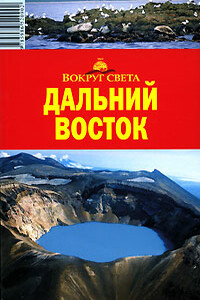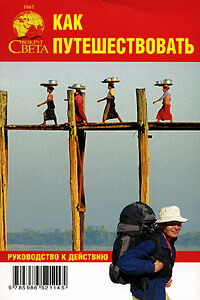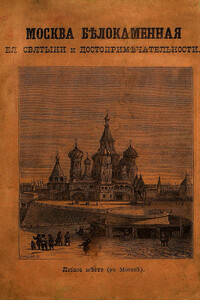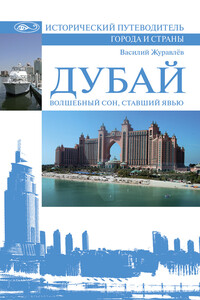Русский изразец | страница 9
These tiles were used in palaces and public buildings, churches, and houses of the nobles as separate insets, cornices, platbands, order forms. To make the ornament more vivid the images became larger and were done in high relief, sometimes covering more than one tile. Green and blue glaze provided the background. For higher relief, protruding parts were covered with white, yellow and translucent enamel, the latter producing a brownish-red colour, owing to the red slab showing through. In the light of the sun such tiles produced an impression of precious stones against the dull brick walls. Using certain sets of tiles, craftsmen produced different compositions of floral and geometrical ornaments, depicting birds among tree branches; tendrils and plants; tulips, pinks and lilies in vases; pineapples, pears and apples. The Zemsky (district council) Department, built in the 1690's in Red Square in Moscow (replaced in 1875 by the present State History Museum) was richly decorated. Its facade was faced with tile friezes, columns, platbands, cornices, ceramic insets with the double-headed eagle.
A four-tile composition from the Church of Kozma and Demian in Sadovniki (1687) includes images of various fruits and a bird, looking as if set on white towels.
The tile facing in the Church of St. Stephan (1686) beyond the Yauza River is notable for its diversity of images and purity of colours. The tile frieze bears ornaments of spirally twirled leaves. Brick pier insets present a luxurious flower with fruits in a yellow pitcher. This is a nine-tile composition of refined design.
The life-size figure of the Apostle Luke holding the Gospel is unusual and unique in its complexity. This bas-relief once adorned the cathedral porch of the Danilov Monastery in
Moscow. Similar figures have been preserved in the drum of the Moscow Church of the Assumption in Gonchary. Buildings profusely adorned with variegated tiles stood out from among low wooden houses, accentuating their state and public significance.
The interiors of tsarist palaces, boyars' homes, and state buildings acquired tiled heating stoves that came to be known under the names "obrazchatyie" (tile-clad), "muravlenyie" (green-glazed), "tseninnyie" (enamelled). These round or rectangular (oval or quadrangular) stoves were large and their intricate architectural design was an integral part of the interior decor. Very few tiles of these splendid stoves have come down to us. During repairs they were ruthlessly destroyed, old tiles being replaced by more fashionable new ones.



